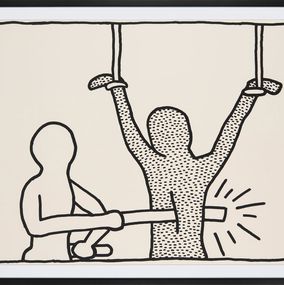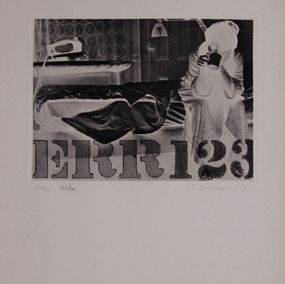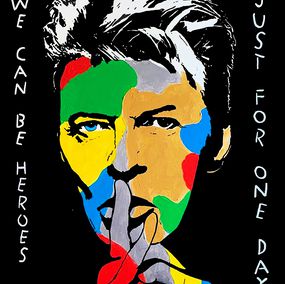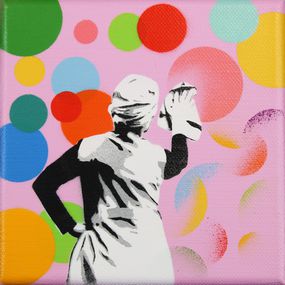

Biography
Russell Young was born in 1959 to an unwed mother and into the cold, wet, isolation of Northern England. He spent his first months passed from foster care to a nunnery and at four months, was adopted by Ken and Lesley Young. The new family migrated across the north. From an early age Young felt an outsider in this dark world. He was powerfully drawn to the idealized drama and warm comfort of the American dream. Everything American he came in contact with represented freedom, possibility and sun. Young hated school and by the age of 14 often skipped out entirely. He escaped to the football terraces with his father. He loved the chants and tough terrace culture. As many northern youths, he was born ripe into the Sex Pistols, Joy Division, New Order and the northern soul of the Wigan Casino.
He began to take photographs. He landed at the Chester Art College where he studied photography, film and graphic design under Jack Straw, who shaped Young's early development, presenting a never imagined path forward. His parents divorced. He continued on to Exeter Art College and to London where he couldn't find a job. After months on the streets he began assisting photographer, Christos Raftopoulos. Raftopoulos, an aesthete, took him under his wing and taught him to see a new world of light and sharp detail. Raftopoulos pushed Young to take on projects of his own.
He started at the live club shows of Bauhaus, R.E.M. and the Smiths. The photographs were exquisite and he quickly picked up work for magazines and eventually began sessions for the record companies. In 1986, he shot the 'Faith' sleeve for George Michael, launching him towards America and opportunity. He did portraits of Morrissey, Bjork, Springsteen, Dylan, New Order, Diana Ross, Paul Newman and many other celebrities. He began to direct music videos; one hundred during the glory days of MTV.
In 1992, Young moved to Hollywood. He met Finola Hughes, they married and life took shape for him in America. His career as a photographer and music video director was flourishing. He carved out the time and began to paint seriously. Young and Hughes moved to New York. In September 2000, he'd grown frustrated by the limits of the photograph and the commercial world around it. Hughes was seven months pregnant with their first son. He felt frozen and dead as a creative person. He went to Tuscany and he sat on a hill above a farm to meditate on becoming an artist.
Young returned to New York and rented a studio in Brooklyn and began a series of experiments he called, 'Combine Paintings'. He also started what he believed were clearly extensions of photography. He begins his series of 'Pig Portraits'. Young had spent his photographic career doing portraits of celebrities. He never felt he'd captured his subject as true and as powerfully as these new works. The answers to the questions he had of himself were in fact playing out in the 'Pig Portraits'. They attacked the nature of photography, portraiture and prickly nature of celebrity itself.
In 2003 he showed his first series of 'Pig Portraits' in Los Angeles. He was now a painter, an artist. The family moved back to California and built a house on the coast, 80 miles north of Los Angeles. Young built a studio on the compound and began working alone, focusing on the development of ideas and flying east to New York to work with his master printer and team.
Young pressed himself into this new method of action by reflection, using its forced structure to allow the freedom to follow streams of thought that would normally be cast aside in haste. This lead to powerful new work, eclectic in scope, never afraid to turn on itself. In 2007, he showed his Fame + Shame paintings in London. They were an exorcism, a gritty, bare 'pop-art cocktail' of America, seen through the eyes of the young man from the north of England, leading one through the glamour and glory to brutal chaos and brooding. Crying out, “shelve your western plans."
Young began to use diamond dust in 2007, pressing the crystals into the enamel of the paintings. He was drawn to the opulence of the light, shimmering off the multi-faceted glass. He hung the paintings from the trees of his California garden. At night the moon shone blue on the crystals. The images were lost in the abstract flicker of light only to once again, reclaim their place. In the monochrome paintings we recognize Marilyn Crying and Kurt Cobain. Then the light falls on the diamonds and the choir sings. He called them “Dirty Pretty Things" and seemed to assault the idea of even looking at pictures, turning the experience into chewing bubble gum.
In 2009 he began the “American Envy" paintings, revisiting some of his most iconic social signifiers, but going deeper into the eye of the storm, brilliantly walking us down the spiraling vortex of rebellion, hope, violence and madness towards the collision of dream and sacrifice. Elvis, JFK and Charles Manson are the chaperons.
In February 2010, Young was admitted to the Cottage Hospital in Santa Barbara, California and diagnosed with the H1N1 virus, the Swine Flu. Young endured an 8-day induced coma with doctors and loved ones skeptical of recovery. After a lengthy stay in hospital, Young emerged from his near-death experience with severe memory loss and an incredibly weak body. Little by little, he built back his strength and began examining his life and his surroundings in a whole new way. He says, “I left the hospital and I had to learn to breath, write, draw, think, and walk for the second time in my life."
During this process of recovery, Young began to explore the nature of trauma and its effect on both the individual and cultural psyche. Embracing and utilizing a new more visceral and animalistic process he attacks and dissects the imagery within the canvas. 2011 forced a seminal shift in his work. He began to work free from the domestication of art, like a feral boy, filled with a new, rough energy of violence, sex and power. First, in his magnificent, “Helter Skelter" paintings he danced with this energy. He cast away a century of 'modern pictures' and produced a stunning series, where we don't look from afar but are surrounded in chaos and mayhem. These are not pictures of the murder of Meredith Hunter at Altamont; they used the picture as the brush to paint the 'Helter Skelter'.
With his next series, “Isolation", Young forced shift again, harder. In an act of Burroughs, he 'cuts up' the glossy files of bound women and forces them onto large, unimaginable orgies of claustrophobic assemblage. With enormous screens, he prints each into her place; episode in multitude, again and again. The sultry, luscious black enamel is made rough and dirty by the act. The room has gotten smaller; we are surrounded by hard, dark, unapologetic fantasy. The women ask if they are art. The room fills with the symphonic screams of pleasure both beautiful and brutal. The paintings are named for the council flats of Northern England; Nant Peris, The Gorbals, Thorntree. Their names twist the paintings from sex to the screams of children, fighting for a way out of the dark. Akin to Joy Division, a name taken from the nazi camp whorehouse, where the officers found pleasure in their prize.
Young continues to challenge and reinvent himself using bold, forceful checks and assaults on his own systems to find new ways of expression. He uses themes, still with him from boyhood, to express feelings of isolation, alienation, entrapment and the marginalized dreams of an outsider fighting for a way into the light and expression. His work has been shown in London, Paris, Berlin, Tokyo, Singapore, New York, Detroit, Miami and Los Angeles.
Russell Young lives and works on the California coast and in Brooklyn, New York.
MUSEUM EXHIBITIONS
2018-2019
RUSSELL YOUNG – SUPERSTAR
Modern Art Museum, Shanghai
2015
FOREVER YOUNG: A Retrospective
Polk Museum of Art, Lakeland, FL
2012
RUSSELL YOUNG: A Retrospective
Goss-Michael Foundation, Dallas
COLLECTIONS
Albertina Museum, Vienna
Carlo Ancelotti, Madrid
Jennifer Aniston, Los Angeles
Kate Beckinsale, Los Angeles
The Benetton Foundation, Treviso, Italy
David Bowie, New York
The Core Club, New York
Cornell Art Museum, Florida
Beth DeWoody, New York
Drake, Hidden Hills, California
Kirsten Dunst, Los Angeles
The Getty Collection, Los Angeles
Goss-Michael Foundation, Dallas
Laurence Graff, New York
David Hockney, Los Angeles
Istanbul Museum of Modern Art, Istanbul
Marc Jacobs, New York
Kris Jenner, Los Angeles
Angelina Jolie, Los Angeles
Khloe Kardashian, Los Angeles
Floyd Mayweather, Las Vegas
The Mint Museum, Charlotte, North Carolina
Mohammed VI of Morocco, Rabat
The Estate of Marilyn Monroe, New York
Kate Moss, London
Multimedia Art Museum, Moscow
Elon Musk, Los Angeles
Mark Zuckerberg, Palo Alto
Sharon Osbourne, Los Angeles
John Paulson, New York
Crown Prince Pavlos of Greece, Athens
Joaquin Phoenix, Los Angeles
Brad Pitt, Los Angeles
The Polk Museum of Art, Florida
The Qatari Royal Family, Doha
Lou Reed, New York
Aby Rosen, New York
The Saatchi Collection, London
Paul Smith, London
Daisy Soros, New York
Elizabeth Taylor, Los Angeles
Kanye West, Los Angeles
White House Collection, Washington, DC
Nationality
Categories
Artistic movements
Themes
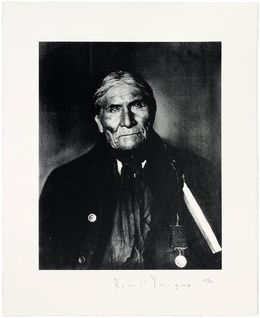
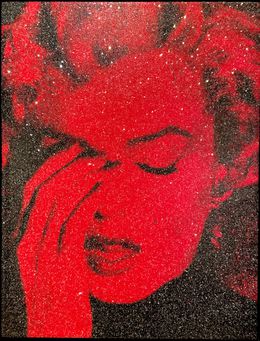
Russell Young
Painting - 66 x 50.8 x 4 cm Painting - 26 x 20 x 1.6 inch
€18,000
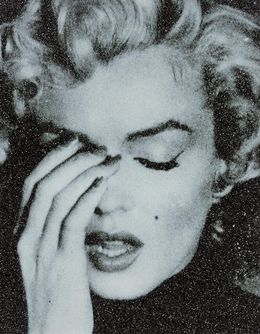
Russell Young
Photography - 155 x 115 x 1 cm Photography - 61 x 45.3 x 0.4 inch
€30,500
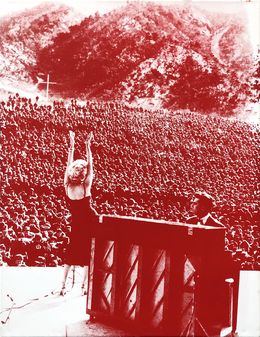
Russell Young
Print - 101.6 x 71.1 x 2.5 cm Print - 40 x 28 x 1 inch
€8,206

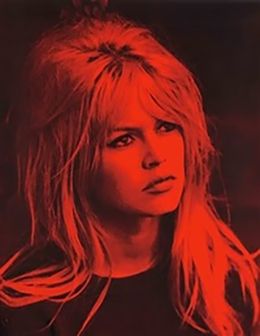
Russell Young
Photography - 90 x 74 x 1 cm Photography - 35.4 x 29.1 x 0.4 inch
€8,000
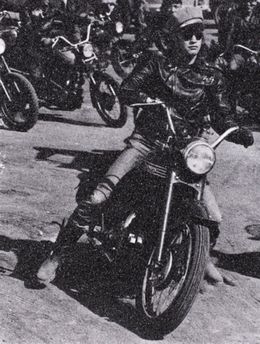
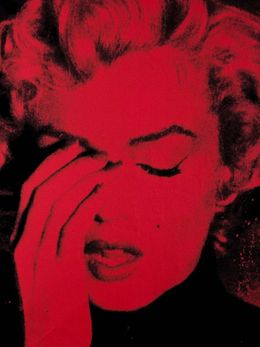
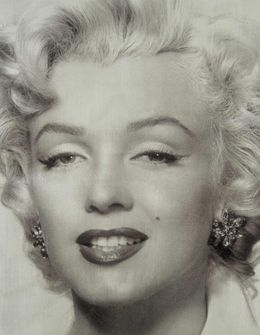
Russell Young
Painting - 121 x 95 x 7 cm Painting - 47.6 x 37.4 x 2.8 inch
€14,000





